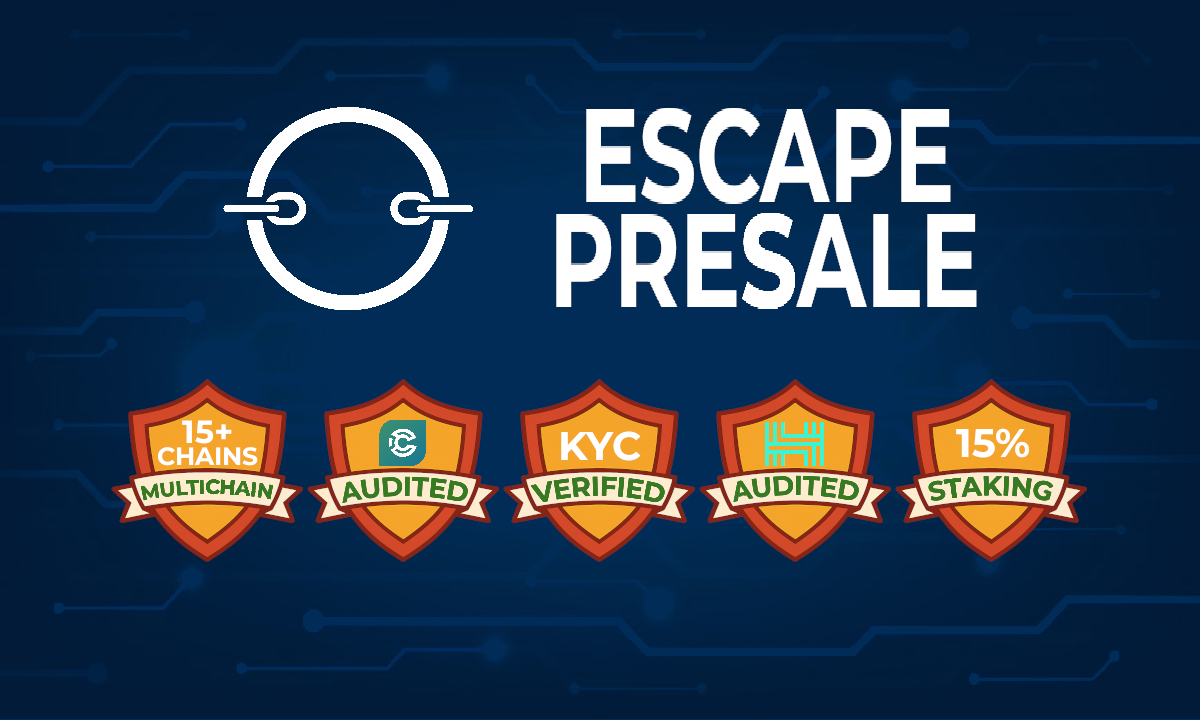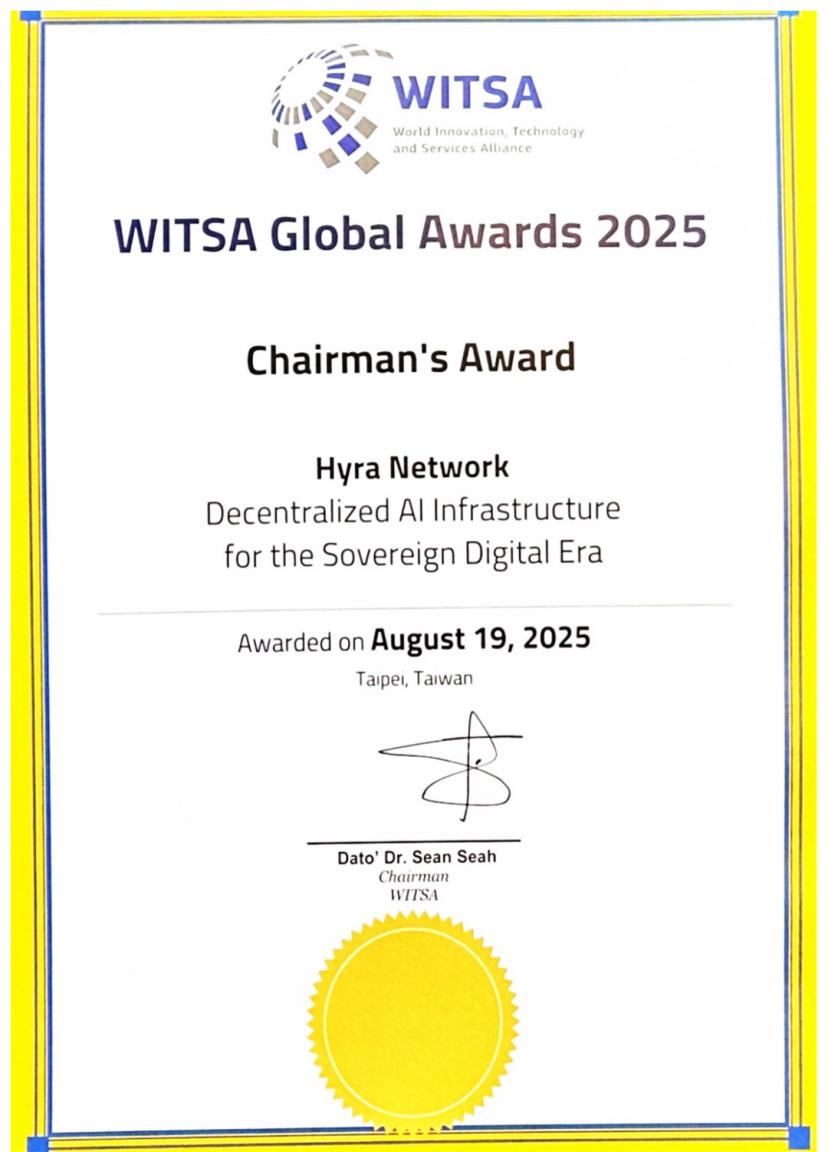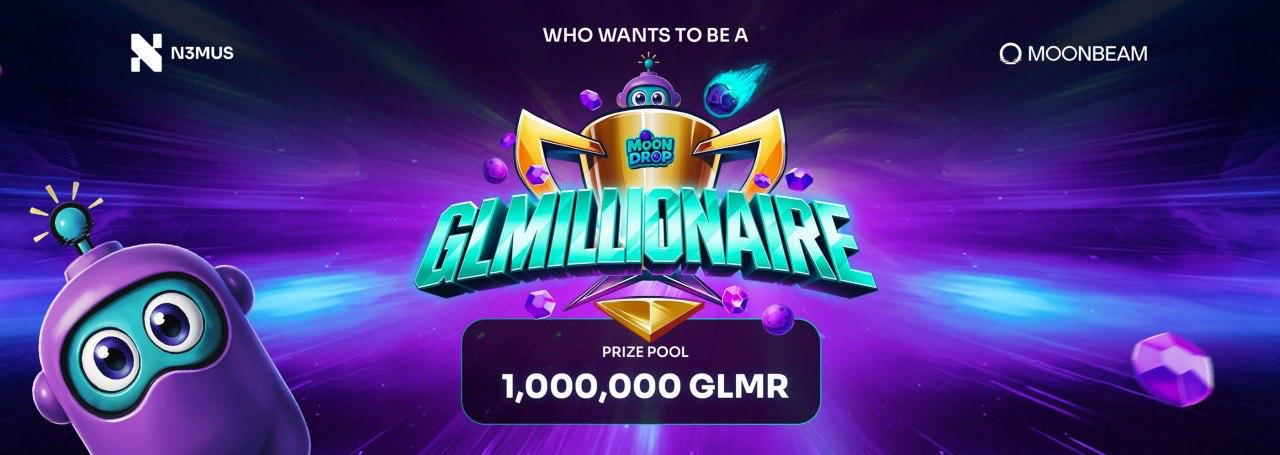The Ethereum upgrade (formerly Ethereum 2.0 or ETH2) is one of the most anticipated upgrades in the world of blockchain technology, and investors are eagerly looking forward to the launch date soon.
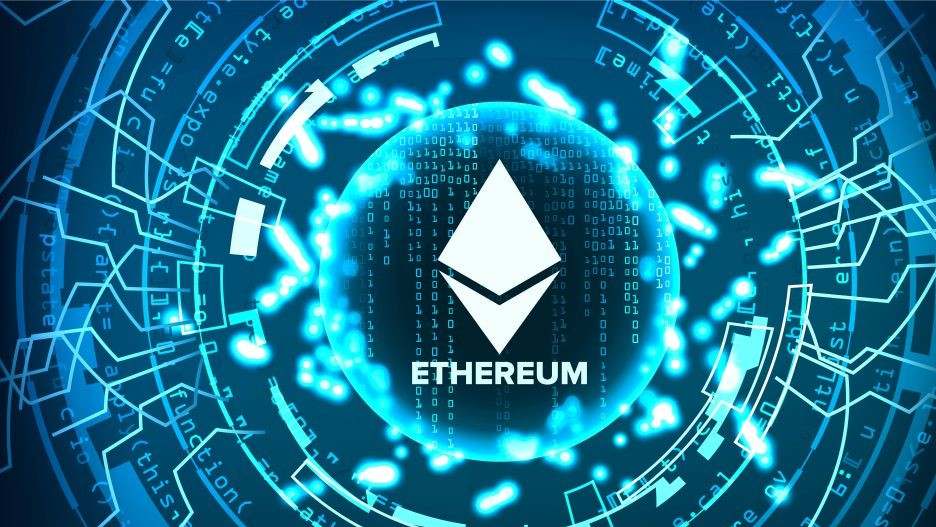
While the name ETH2 gradually revealed inadequacies, the Ethereum Foundation changed the term. Just call it the “consensus layer” that operates on the original blockchain.
The upgrade event will be rolled out in several stages, aiming to make the Ethereum network more scalable and accessible and increase the network’s security.
ETH’s upcoming upgrade includes several network infrastructure changes, starting with the shift from PoW to PoS consensus, followed by sharding chain and other updates.
Blockchain Proof-of-Stake
The switch to PoS is significant for Ethereum as it changes blockchain validation dynamics. Previously, miners ran nodes and needed a lot of energy to mine the next block. But with PoS, miners, and energy will be eliminated, replaced by validators and staking, reducing more than 99.9% of energy consumption.
Validators must send 32 ETH to participate in the random validation process, where the network pays them to validate transactions.
If validators are offline and cannot perform their actions, their block rewards are lower. The consequences for malicious attempts to compromise the network are even worse, as the 32 ETH deposit can be “cut off.”
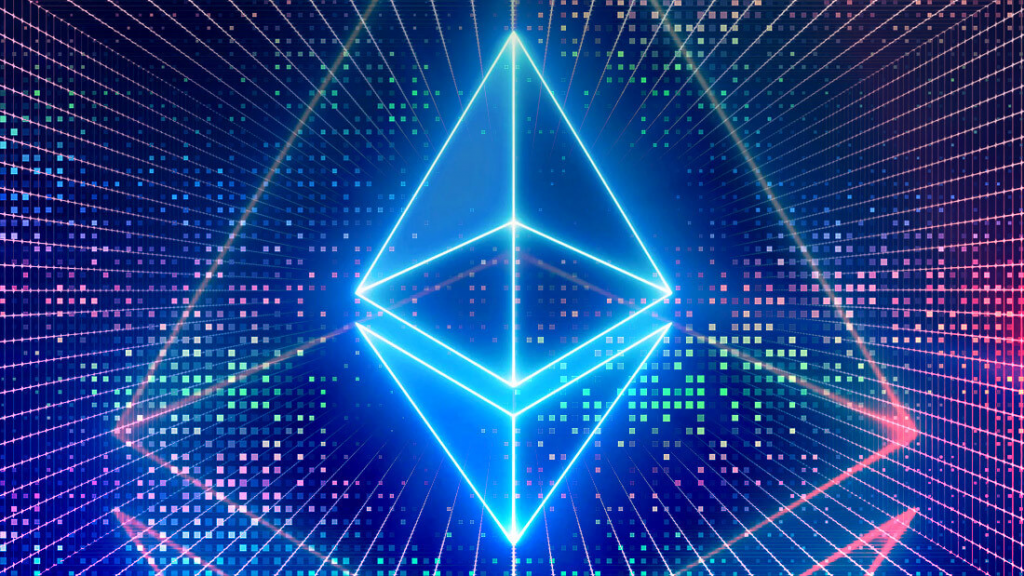
Here are the advantages that PoS brings to ETH:
- PoW requires a GPU (Graphics Processing Unit) to participate in the mining process. Demand is so high that the market often lacks certain GPU lines.
- Less centralization risk, as anyone can become a staker.
- ETH issuance decreased from 4.3% to 0.43% and burned ETH (as of EIP-1559). Accordingly, the largest altcoin by market capitalization became deflationary.
- Strict punishment for bad actors. Hackers can be disqualified from staker status and also have economic penalties.
Merge: Beacon Chain + Mainnet Ethereum
The first phase starts from the “Beacon Chain” upgrade, which was released on December 1, 2020.
Beacon Chain includes native token staking on the ETH blockchain as the basis of conversion to PoS. The upcoming “Merge” will combine the Beacon Chain with the Ethereum mainnet.
In the final stage, the focus is on blockchain sharding. To improve the scalability of the Ethereum mainnet, all operations will be performed on 64 shard chains in the future.
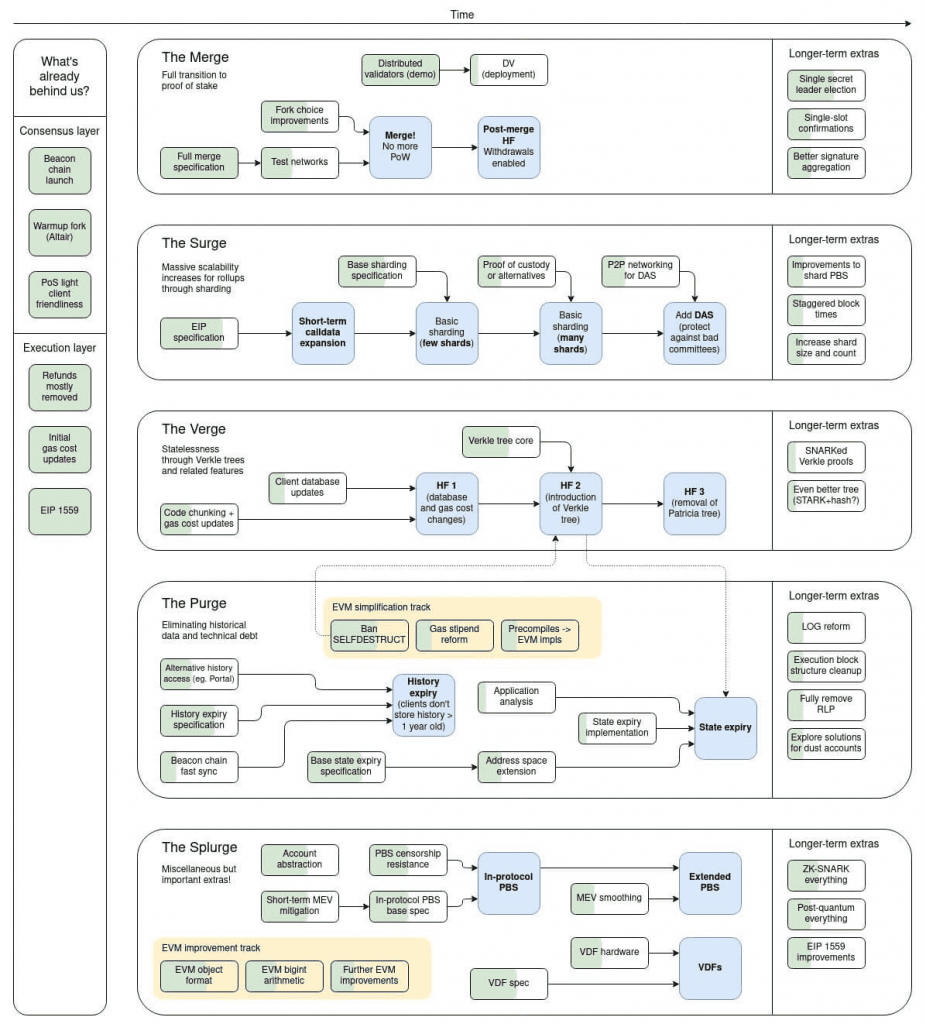
The sharding technique makes it cheaper for layer-2 blockchains built on top of Ethereum, the aggregate transaction/rollup costs as well as the memory specifications required to run a full ETH node.
Many new things come to Ethereum after Merge
At the Ethereum Community Conference in France on July 19-21, Ethereum co-founder Vitalik Buterin mentioned his next plan after Merge. Buterin said the transition to PoS, increased scalability, and Merge is just some of the first series of upgrades.
“Ethereum can now process about 15-20 transactions per second. This ETH includes rollups, including sharding, it will be able to handle 100,000 transactions per second.”
For comparison, payments giant VISA currently executes an average of just 17,000 transactions per second, while Bitcoin is only around 4.6 transactions per second.
Buterin also revealed the names of the following phases “Surge” (including sharding), “Verge” (Verkle tree), “Purge” (deleting old network history) and “Splurge” (All other exciting stuff).
Furthermore, Buterin told interested community members in France that ETH is “only 40% done.” After the Merge is expected to happen in September, completion is “about 55%”. Below is the complete ETH roadmap, including the following stages after Merge.
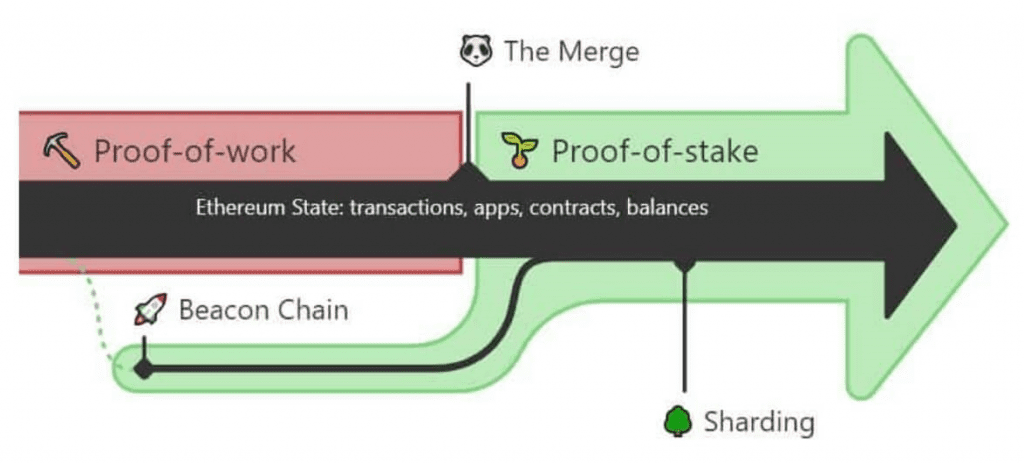
Interesting time
Vitalik and others have been working on Ethereum since 2013. The legendary ICO so far started in August 2014, which was also the first time users were able to buy ETH in a public sale.
With the proceeds, the team continues to build technology and blockchain. Although not perfect, ETH is still the largest blockchain ecosystem, with substantial network effects.
In September, Merge will be deployed on the mainnet if nothing changes. Along with the upcoming shard chain rollout, scalability, security, and accessibility will benefit from the upgrade.
DISCLAIMER: The Information on this website is provided as general market commentary and does not constitute investment advice. We encourage you to do your own research before investing.
Join CoinCu Telegram to keep track of news: https://t.me/coincunews
Follow CoinCu Youtube Channel | Follow CoinCu Facebook page
Harold
CoinCu News





















